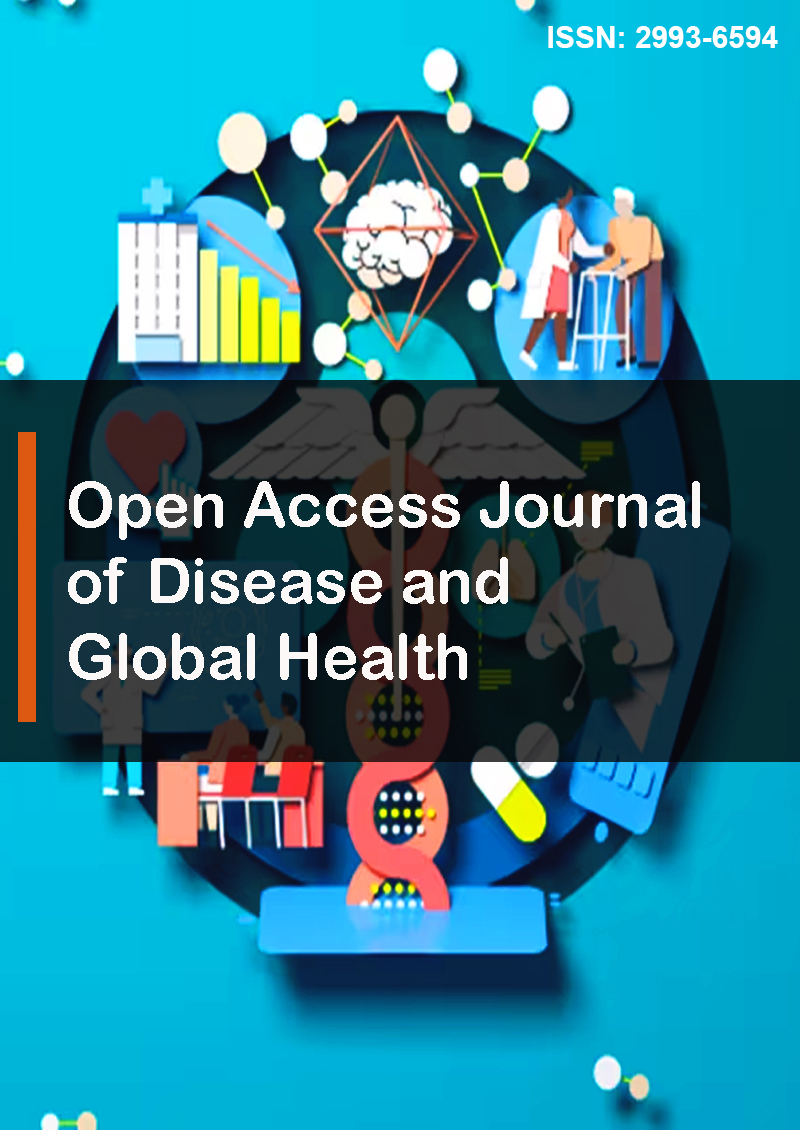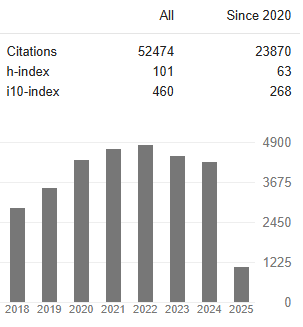Antimicrobial Resistance of Vibrio Cholerae O1 Strains Isolated During Cholera Epidemics in Eastern Democratic Republic of Congo
Abstract
Patrick Ayonga Ndeba, Bruce Wembulua Shinga, Fatimata Wone, Alain-Bruno Bardiguyo Allaramadji, Lassina DIallo, Christine Ghislaine Ngo Ngai, Jackson Byamungu Mpinga, Henriette Mulasi Kitutu, Raphael Kabangwa Kakongo Senga, Viviane Marie-Pierre Cisse Diallo, Roger Clement Kouly Tine and Prudence Mitangala Ndeba
Introduction: Since the late 1970s, increasing resistance to antibiotics in strains of Vibrio cholerae (Vc) has been observed and now threatens the optimal management of moderate to severe cases of cholera. Epidemics caused by antibiotic-resistant Vibrio cholerae are fraught with higher mortality. It is therefore important to monitor the evolution of antibiotic sensitivity of microbial strains in general and of Vibrio cholerae O1 in particular in each African country in order to better adapt treatment.
Objective: Describe the long-term evolution of the antibiotic resistance profile of Vibrio cholerae O1 strains isolated in eastern Democratic Republic of Congo between January 2011 and June 2022.
Material and Methods: This is a cross-sectional, retrospective and prospective study with descriptive and analytical purposes during the period from January 1, 2011 to June 30, 2022. All isolates positive for Vibrio cholerae O1 in patients from the eastern provinces of the Dem- ocratic Republic of Congo were included. Samples with missing data were excluded.
Results: In total, 4832 isolates of Vc O1 were collected, more than half of them (72.46%, n=3175) in the province of North Kivu. Of the 3 serotypes, Vc O1 Inaba was the majority (57.6%, n=2522). Very high levels of resistance were found to ampicillin (74.7%), nali- dixic acid (83.8%), erythromycin (73.6%), chloramphenicol (68.8%) and sulfamethoxazole/trimethoprim (82%). A resistance of 30% (1316/4382) was found to doxycycline, a first-line molecule recommended by the WHO. Twenty-seven different resistance profiles (MDR) against the 5 main recommended molecules. The analytical study reports a statistically significant change over time (p=0.000) in MDR profiles, including 5% in 2011 compared to nearly 40% between 2021 and 2022; with a distribution statistically dependent on age (p=0.0003).
Conclusion: Resistance of Vibrio cholerae O1 to common antibiotics is high in eastern Democratic Republic of Congo and tends to increase over time. The excessive and inappropriate use of antibiotics is one of the major causes of this emergence. Close monitoring and measures for the proper use of antibiotics will be necessary to curb this scourge.




